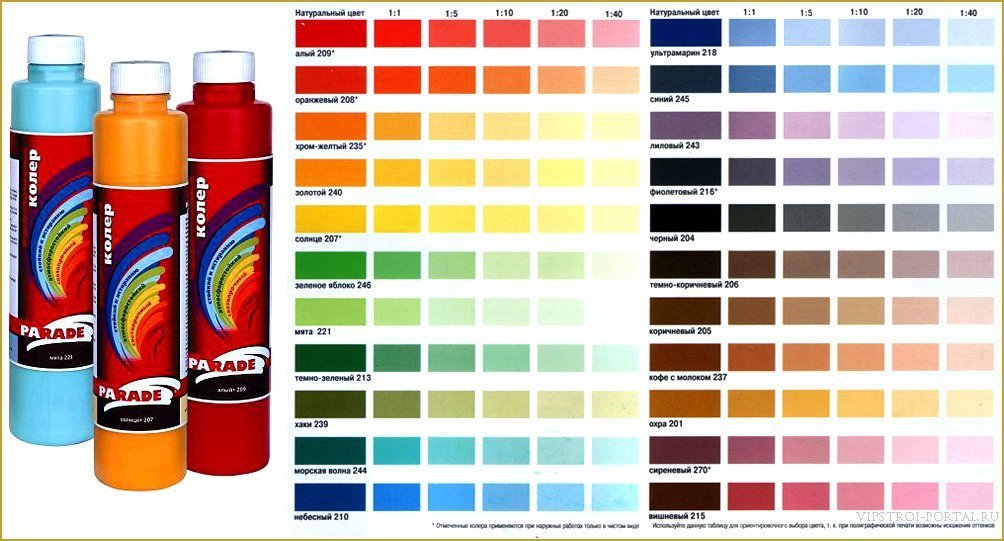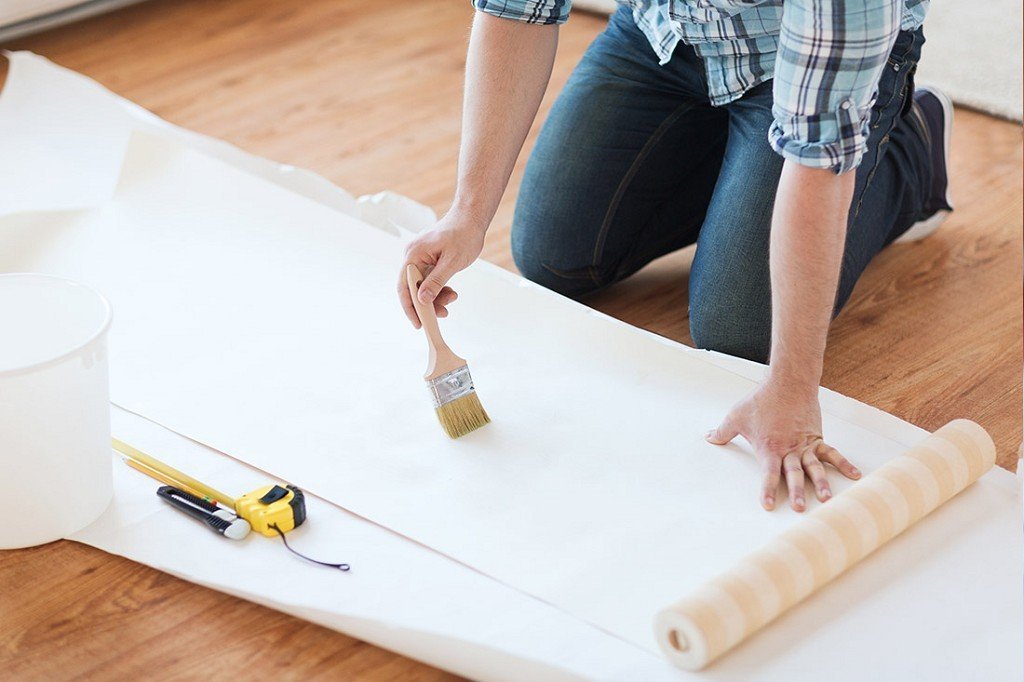
Geotextile is widely used in the construction and arrangement of landscape design
Content
-
1 Geotextile: what it is and how to use
- 1.1 The use in road construction
- 1.2 Use arrangement suburban area
- 1.3 Use in-house construction
- 2 The main types of geotextile
-
3 How to choose a geotextile for drainage
- 3.1 Nuances that need to be taken into account when laying geotextile for drainage works
- 4 Geotextile: technical data (video)
Geotextile: what it is and how to use
Initially geotextiles designed for use in road construction, but now the area of its effective use has grown significantly. It can be seen in the construction of foundations, roofing designs, creating drainage, In the works of reclamation, landscape design, and various types of beautification. Although the material looks like a fabric, a nonwoven product. make geotextiles of tightly woven synthetic fibers. For this purpose, most commonly used polypropylene, polyester, polyamides and polyesters. A web of this material is capable of flowing well water, but retains a suspended soil particles.

Areas of application of geotextiles
The physical properties of geotextiles are such that it is unaffected by changes in temperature and can equally well-behaved 'feel' at -60 and +110 degrees. The strength of the material is such that it can not break even under a force of 600 N for some species. As with any polymer material is not subject to natural decomposition. In terms of ecology it is absolutely harmless, so it may be safely used within the soil as a reinforcement, the filter or drainage layer. The best known in the field of drainage systems drainage tube 110 in the filter geotextiles.

Arrangement infiltration tunnels using geotextiles
The use in road construction
If the question arises what is the geotextile and how it is used, as soon as there is an image being built motorway. The fact that the features of the structure of this material is not allowed to stir different layers of the base of gravel and sand. This improves the reliability of the pillow under the asphalt. Furthermore, having sufficient rigidity, the fiber made of polymers capable of uniformly distributing the load from moving vehicles.

The use of geotextiles in the construction industry
The ability of the web to the particulate filter when it is used allows to avoid premature leaching of roadway sand, gravel and cement. This prevents the formation of potholes and dips, which prolongs the service life of the road by half, increasing the economic viability of construction.

EXAMPLE arrangement of pavement using geotextiles
Use arrangement suburban area
When forming the suburban area and construction thereon various bodies of water, the use of geotextile may be very relevant. ponds, Swimming pools and other hydraulic facilities require a device effective drainage system. Delaying finely dispersed pollution but perfectly flowing water of geotextile fabric is intended to protect the waterproof film different from a mechanical damage.

Applications of geotextiles on own site
Useful advice! Knowing what it is and how to use geotextile material on this practice, you can use it to suppress excessive growth of plants. To do this, the canvas cover those parts of the coastal zone of the reservoir, where the landscaping is inappropriate.
Use in-house construction
The so-called inversion roofing assume their landscaping. To create a protection insulation from soil particles, geotextile fabric is laid on the waterproofing layer between the soil and the drainage layer, so that they do not mix. In this case, the "green roof" will work very effectively and for a long time. The most dense geovolokno often used for reinforcing the base under the application of bitumen on a soft roof.

Creation of the insulation layer by means of geotextiles
When creating the insulation layer in the floor of the expanded clay using this material fails to prevent contamination of the pellets concrete mortar. In this case, the layer of fabric is used to reinforce the screed. Geotextile reinforce settlers, strengthen the shore of dams and embankments, it can be found in the drainage system of cellars. If you do not want trees in your garden destroyed its roots tracksUse the geotextile.

The use of geotextiles in horticulture
What is the geotextile and how it is used, we have understood. Now take a closer look, what kind of geotextile exist.
The main types of geotextile
Most often, the geotextile can be subdivided into types, based on the method of its manufacture:
- Nonwoven which may be heat set or thermal bonding. Simple woven geotextiles is very elastic, so is able to stretch sufficiently strong. It is recommended for use in areas with low load, for example, in the garden path. Heat set type of the material with heating and rolling the substantially hardened through rollers. It is the most subtle of all kinds, but it has the smallest capacity of the water. Thermobonded nonwoven geotextile is made from fibers of the molten mass. Therefore, it is the most durable and elastic while maintaining excellent filtration properties.

Geotextile in the arrangement of artificial reservoirs
The entire available range geotextile has a thickness of 1 to 3 mm and is sold in rolls. Length is 100 - 350 m width ranging from 1.6 to 6 m such an important indicator as the density is 80 -.. 600 g / m2. This indicator is determining when deciding how to choose a geotextile for drainage. After suitable for this purpose only the web with a density of 150-200 g / m2.
How to choose a geotextile for drainage
If a density so clear, then what about the other options. It is clear that use fabric with natural fibers for the drainage system is not allowed. What geotextile choose determines the material from which the drainage system is constructed. Experts believe that for gravel works best thermobonded geotextiles. of the geocomposite mat system allows safe to use needle-punctured fabric, referring to the non-woven type.

EXAMPLE drainage arrangement
Useful advice!The water taking trench best drainage pipe 110 laid in the filter geotextiles. It will provide the most effective filtering and removal of groundwater from the site.
For right choice of geotextiles need to know the properties of the soil in your yard. Depends on it then what density will suit you. After that determines what material will be made drainage. Depending on the decision of the type of material chosen method of manufacture.
The final selection should be done in the shop, where you will be given some suitable options for you. It will be necessary to take into account the popularity of the producer and his reputation and brand awareness.

The procedure works in the drainage arrangement
You must carefully weigh all the data before you finally choose a geotextile for drainage. It is concerned as was previously described. The main thing is to consider some nuances in the very laying of the web.
Nuances that need to be taken into account when laying geotextile for drainage works
Any drainage system can only operate properly when the following important rules:
- Arrange drainage need to bias.
- Close geotextile drainage system is necessary with overlapping of 100 mm, and on difficult soils to 500 mm.
- After the end of the wrapping fabric edge should be stapled or welded.
- On top of the geotextile layer is to arrange sand backfill soil.

Apparatus drainage trench
Useful advice!Drainage system, arranged in the wet soil is not always able to cope with the load. In this case, as a drainage recommended to lay drainage tube 110 in the filter geotextiles.
The use of a material such as geotextiles, in drainage systems provides great save rubble. He will be less exposed to clog the soil and maintain its drainage qualities. Perforated pipe wrapped web not clog. The soil will be strengthened without harm to himself. All this is really the correct choice of fabric density.


